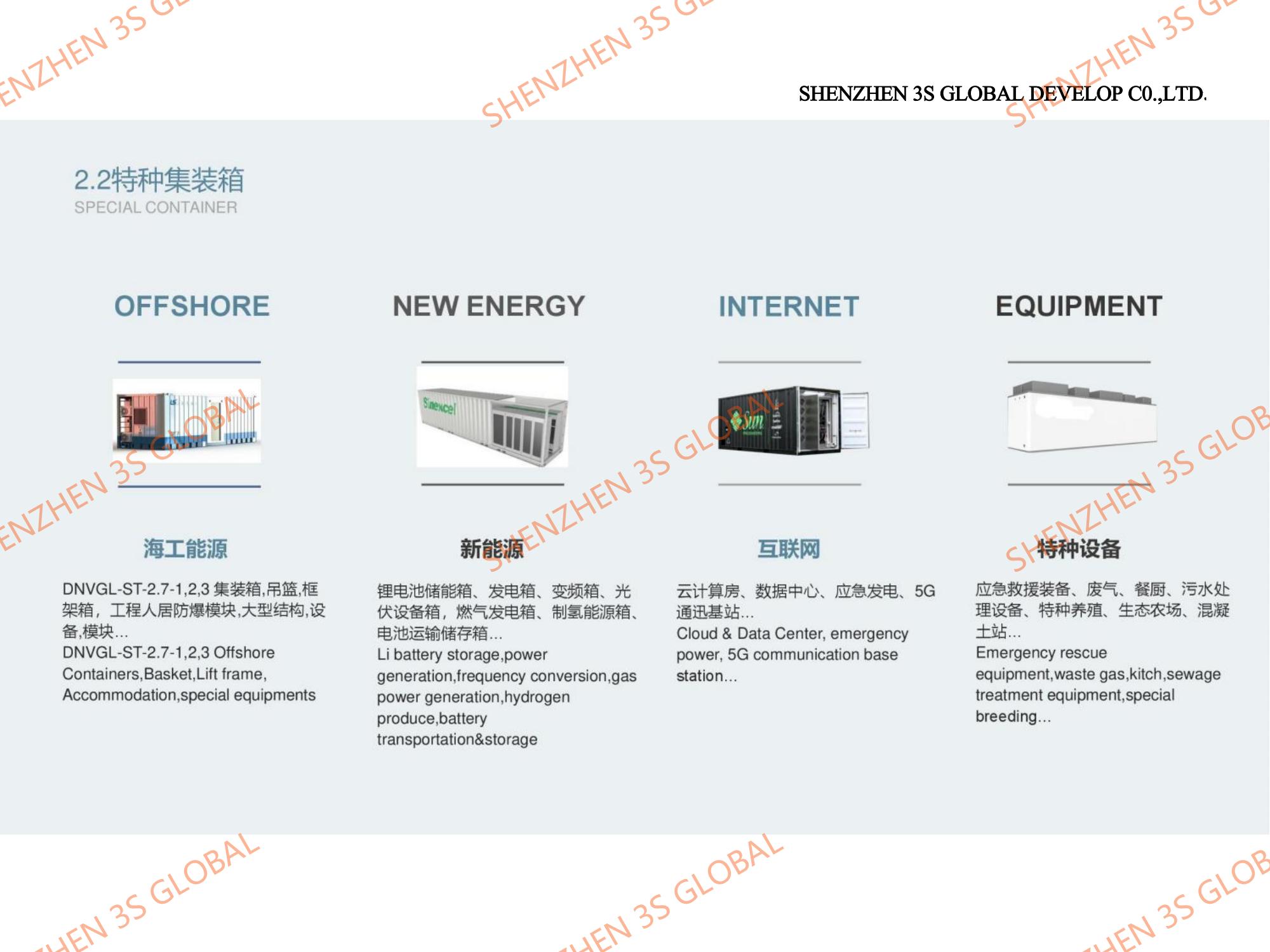The history of shipping containers is a fascinating journey that spans centuries of innovation and technological advancement. Tracing its roots back to the early 19th century, the concept of containerized shipping has evolved significantly, revolutionizing the global trade industry.
In the(early stages)of the 19th century, the first signs of containerization emerged in the form of specialized containers used for railway transport. These early containers were primarily designed to carry coal and other bulk goods, but they laid the foundation for the development of more sophisticated containers in the future.
As the Industrial Revolution gathered steam, the need for more efficient and cost-effective transportation methods became apparent. This led to the emergence of fully enclosed freight cars in the mid-19th century, which provided greater protection for goods during transit. These enclosed cars were made of iron and wood, and they marked a significant step towards the creation of modern shipping containers.
The next major milestone came in the late 19th century, with the development of the "Lancashire Pallet," a type of railway tray used to transport cotton and other textiles. This pallet, which featured a movable frame, could be considered a precursor to the modern shipping container. Its ability to standardize and speed up loading and unloading processes foreshadowed the potential of containerization.
However, it was in the mid-20th century that the shipping container revolution truly began. In 1953, Malcolm McLean, an American trucking entrepreneur, recognized the inefficiencies and high costs associated with traditional shipping methods. He envisioned a system where goods could be loaded into standardized containers that could be easily transferred between different modes of transportation.
McLean's vision came to fruition in 1956, when his company, Sea-Land Services, launched the first container ship, the Ideal X. This vessel carried 58 aluminum containers from New York to Houston, demonstrating the feasibility and efficiency of containerized shipping. The success of this maiden voyage led to a rapid expansion of container shipping, as companies realized the potential for significant cost savings and improved efficiency.
Over the next several decades, containerization spread rapidly across the globe. Ports were rebuilt and expanded to accommodate larger container ships, and shipping companies invested heavily in fleets of container vessels. The introduction of standardized container sizes, such as the 20-foot and 40-foot containers, further accelerated the growth of containerized shipping.
As containerization took hold, it transformed not only the shipping industry but also the entire logistics chain. It eliminated the need for manual handling of goods at each transfer point, greatly reducing the risk of damage and loss. It also allowed for the seamless integration of different modes of transportation, such as rail, road, and water, creating a truly multimodal shipping system.
Today, shipping containers are a ubiquitous sight at ports and terminals around the world. They carry everything from food and clothing to electronics and machinery, fueling the global economy and connecting markets across the globe. The history of shipping containers is a testament to the power of innovation and the transformative impact it can have on entire industries.by 3S global containers-Suyee
